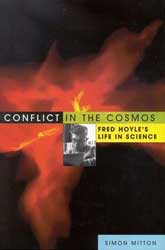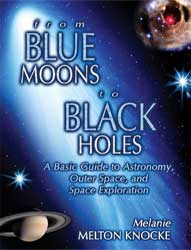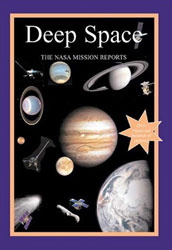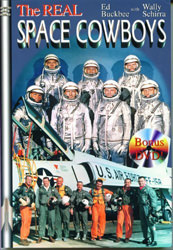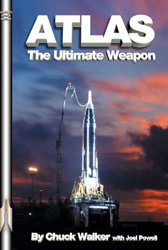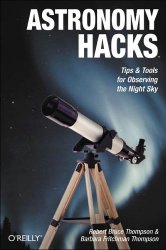
This hack book can be taken two ways. One is as a reference to look up solutions to problems or seek a reference for a better method. Two is as a complete back grounder for the beginner and higher level amateur astronomer. Within it are 65 distinct hacks grouped into four chapters; Getting Started, Observing Hacks, Scope Hacks and Accessory Hacks. No embellishments obscure the text. There are only the hacks, each relating to astronomy the same way a Clymers manual refers to motorcycle repairs. No extenuating plots nor complex character development obstructs the wording. This book just lists lots of techniques, hints and recommendations.
The first chapter, Getting Started, has enough detail to guide the beginner or assist the intermediate practitioner. The standard encapsulation of binocular and telescope types ensues. To provide an example of the depth of detail, consider the binocular. The discussion includes; magnification, aperture, exit pupil, eye relief, field of view, interpupilary distance, prism type and lens coatings. A summary list recommends choices for various budget ranges ($75 to $5000) and gives recommendations on certain manufacturers and models.
The telescope selection hack is equally detailed, with descriptions of the three main types; reflector, refractors and catadioptric as well as criteria and recommendations. The authors are admitted fans of Dobsonian telescopes and tend to give more attention to this type both here and elsewhere in the book.
Safety, as its own hack or as a backdrop for many other hacks, appears throughout. Most is for personal safety, whether by staying in groups or not dropping large, heavy mirrors on toes. Perhaps the recommendations to bring a firearm for protection against four legged predators goes a bit far. The repeated references to courtesy for group viewing is just one of the many indicators of the wealth of the author’s experience.
The chapter for observing hacks includes, amongst others, the principles of light, a comprehensive biological description of our eye’s receivers, and a method to running a Messier Marathon. This chapter revolves around the purpose or goals of amateur astronomers. Accepting that these aren’t planning on detecting new stars or planets, the authors clearly convey the simple pleasures of viewing. Whether taking copious notes, simple sketches or photographs, the rewards are many and admittedly differ with each person. Simple hacks to improve style or refine goals, aid in refining the reward.
The scope hacks essentially look at scope maintenance and they can get complex. There are step by step cleaning instructions for a 10 pound mirror, including swishing it under the faucet for minutes. The same goes for collimation, with its consideration of Strehl values and diffraction spikes. But equally, the reasoning and the simple instructions convince and empower the reader to take charge of their viewing capabilties.
The last chapter, Accessories Hacks, is chock full of the little tips to branching out. Eyepieces and filters get a thorough treatment. Light proofing your vehicle or using software to build custom star charts round out the suggestions.
In all, whether as a reference or as an introductory read, this book delivers. The background and justification for the hacks give sufficient information to believe in their value without overtaxing the brain. Neat hints, like keeping red pens away from night sites, help any observer from commiting blunders. The table of contents and index simply and easily guide readers. While sketches, illustrations and photographs clarify many of the sublte points. There’s even a note on the proper pronunciation of Greek letters.
With simple prose copiously sprinkled with personal, humorous anecdotes, the reading is a pleasure. Many references to manufacturers and equipment costs aid in selections today, though they probably won’t stand the test of time. As well, there is very little on astro-photography. The authors simply say that this activity demands much practise and much equipment. Fair enough, but given the upsurge in computer literates, this area cries for more information.
Reading car repair manuals helps fix a car’s problem or learn more about fixing cars in general. The same can be said for Robert and Barbara Thompson’s book, Astronomy Hacks. Each hack includes details, hints and tips to embellish a viewer’s night time activities. Most of all it ably empowers you to take charge of your hobby and make the most of astronomical viewing.
Click here to visit Amazon.com and read more reviews online or purchase a copy.
Review by Mark Mortimer


